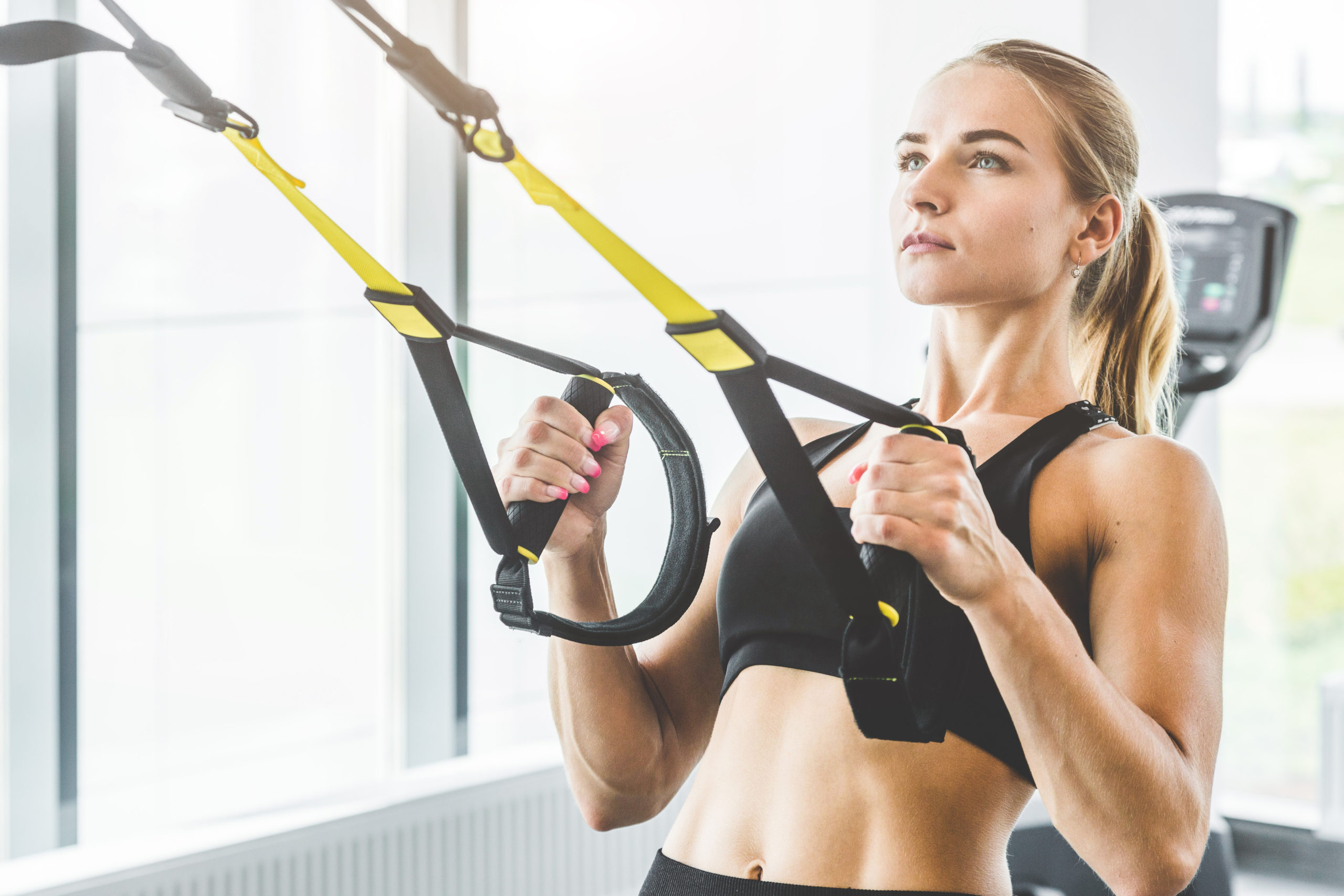

‘Busy’: the way that many Australian families describe the Christmas holidays, navigating between beach trips and day outings, Christmas shopping and get-togethers, often whilst still juggling work and everything in between.
Read more

‘Busy’: the way that many Australian families describe the Christmas holidays, navigating between beach trips and day outings, Christmas shopping and get-togethers, often whilst still juggling work and everything in between.
Read more

With summer around the corner, it won’t be long until you can rejoin your teammates and fill your days with cricket, soccer, tennis and all your favourite summer sports. As a result, we’ve been fielding plenty of questions about the most effective ways to improve sports performance, and do so fast.
Read more
Whether you’re headed interstate, or are staying close to home these holidays, it’s inevitable for our normal exercise routines to get disrupted with all the fun and chaos that the Christmas period brings.
Read more
Medial tibial stress syndrome (MTSS), also known as ‘shin splints’, is a condition characterised by pain and tenderness along the inner edge of the tibia (also known as your shinbone). MTSS is a common injury among athletes and runners, typically seen in sports that involve repetitive stress on the lower leg bones, such as running, jumping, and dancing.
What causes MTSS?
MTSS is caused by repetitive stress on the lower leg bones, particularly the tibia (shinbone). The stress leads to inflammation and irritation of the muscles, tendons, and periosteum (the membrane that covers the bone). The main contributing factors to MTSS include: Read more

In 2020, the World Health Organisation made notable updates to their exercise guidelines. These updates included increasing the recommendations for both the amount of exercise performed each week, as well as adding strength or resistance training such as push-ups or squats to the regimen. Unfortunately, under these guidelines, it was found that 85% of Australian adults and 80% of children were not meeting their exercise targets.
Read more
Looking down at your phone regularly throughout the day can become a literal pain in the neck. Long periods spent hunched over to reply to email, read a text message or browse the internet may contribute to neck pain, sometimes colloquially referred to as “text” or “tech” neck. This kind of neck pain is reported by more than one in two teenagers and university students, and up to 63% of office workers struggle with neck pain annually.
Prolonged screen time, particularly the way our head and neck are positioned while we engage with our digital devices, is contributing to more than just neck pain. Other clinical features may include headaches, back and shoulder pain, eye strain, dry eyes and other musculoskeletal pains. The effects aren’t solely physical either – “text neck” is also associated with irritability, stress, anxiety and poor communication in school children and adolescents.
Neck pain is very common and, as physiotherapists, we will assess and devise an individualised treatment plan most suitable to your specific presentation. There is evidence to support the use of exercise therapy for some people with neck pain. Today, we look a little deeper into what “text neck” refers to, why it happens, how to spot it and share five examples of exercises that may help manage neck pain.
In some people, holding your head forward and downward for extended periods of time can lead to neck pain. “Text neck” refers to pain experienced when you have your neck forwards using devices such as smartphones or tablets.
When your head is upright and looking straight ahead, your neck muscles are only working to support the weight of your head, which is 4.5 – 5.5kgs. At a 15 degree angle, this increases to 12kgs. At a 30 degree angle, your neck muscles must work hard to support over 18kgs. At 45 degrees, the weight that needs to be supported is over 22kgs. Finally, if you’re staring down at 60 degrees, that’s over 27kgs of force on your neck muscles.
The symptoms of “text neck” may include:
Even though you may not be able to completely eliminate looking down at your phone, there are exercises you can perform that will help relieve some of the tension placed on your neck and back. Generally, we recommend performing the movement sets one to three times a day alongside the support and guidance of a trusted physio who tailors each program to your specific symptoms, circumstances and the results of your comprehensive assessment with us. Here are five examples:
1. Chin Tucks
Chin tucks help to reset the movements that occur when you crane your neck forward towards a screen. Chin tucks can help improve posture and move the head closer to a neutral position, with the ears directly over the shoulders:
2. Neck mobility exercises
To limit the prolonged position of your neck being flexed, it may be helpful to move your neck regularly.
3. Shoulder Scapular Squeeze
This exercise helps to open up your chest, and activate some of your shoulder blade muscles.
4. Trap Stretches
This exercise helps to relieve tension in the trapezius muscles which span the back of the neck and shoulders, and are responsible for moving and rotating your shoulder blade and extending your neck:
5. Thoracic Extension
This exercise helps to mobilise the joints of your upper back.
Preventing “Text Neck”
Preventing “text neck” starts with the conscious effort to stop leaning the head forward and downward. Limiting your screen time is a great start, but we know this isn’t always possible. When using a digital device:
If you’re struggling with neck pain from using your computer or smartphone, it may be time to book an appointment with a physiotherapist to help you develop an individualised treatment plan that aims to improve pain and prevent recurrences.
Your physio will carry out a comprehensive assessment, address any underlying conditions, and create a targeted and comprehensive treatment plan to address text neck and protect your overall neck, back and spine health. Having a physio on your team means that they can also support you with targeted manual therapies such as soft tissue massage to enhance your outcomes, answer any questions about your pain to keep you fully supported, and provide you with the best care to enhance your overall neck, back and musculoskeletal health.
To book an appointment with one of our friendly physiotherapists, contact a clinic near you.
[1] Prevalence of text neck syndrome and SMS thumb among smartphone users in college-going students
[3] Workplace-Based Interventions for Neck Pain in Office Workers

Despite only 30% of Australians working in a trade role, 60% of workplace injuries involve tradies – and it’s something we see extensively across our physiotherapy clinics.
Read more

Suffering a stroke is a sudden and unexpected event that has the potential to change the course of our health and our physical function across our lifetime. While strokes are often thought to be associated with older adults, 24% of all new stroke sufferers in Australia in 2020 were aged under 55 years old.
Read more
Men often have a drastically different understanding of what health actually means. “I’ll be fine”, “It’s nothing”, “I’ve had worse” – we’ve all heard a man say it, or you may have said it yourself.
Statistically, men suffer more illness, more accidents, and die earlier than women due to a variety of preventable diseases, yet are less likely to seek help than their counterparts.
Read more

When we think of Australia’s exercise recommendations of at least 2.5 hours of moderate exercise per week alongside two strength training sessions, many of us will immediately link this to helping maintain our physical and cardiovascular health, managing our weight, and preventing disease or conditions like diabetes.
Read more